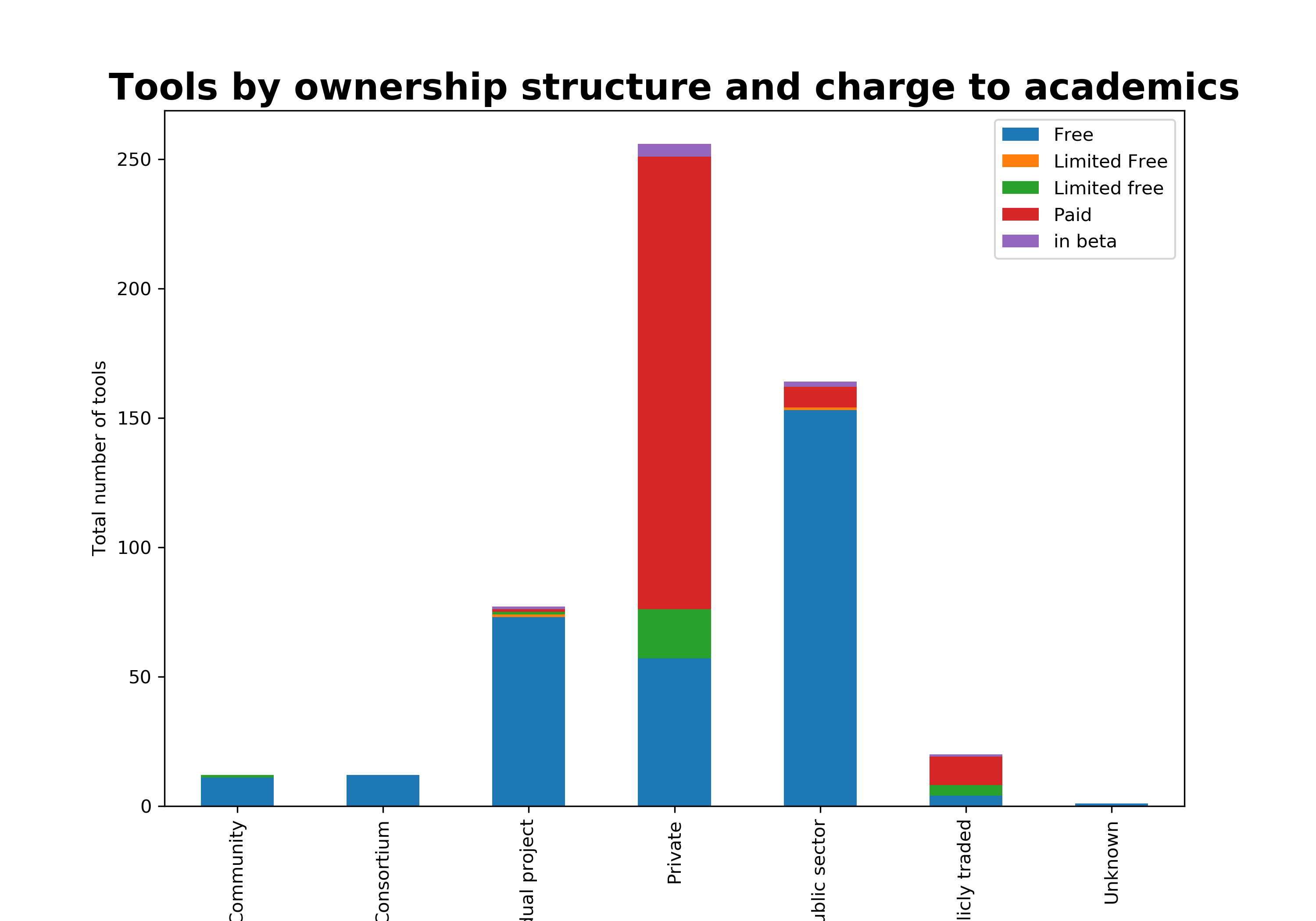Five practical ways to promote innovation
(with examples)
Whenever I think about innovation within established companies (or the innovators themselves), I always go back to Plato’s cave allegory. In a corporate structure, an innovator can sometimes feel like the prisoner that escaped and found the absolute (not perceived) source of life. Overwhelmed by knowledge and excitement, he tries to convince his prisoner mates about the way the world works, but they do not believe him, even threaten to kill. What can we do, within our own places of work, to remove or reduce this sort of barriers to innovation? I won’t even start to define innovation here, there are too many opinions and too many have studied it in more depth than I did. So for the sake of less arguments, assume innovation in its broadest sense.
1. Innovation at Danfoss
Danfoss is a Danish company that produces heating and ventilation-type systems. Is big and like any other company, it had points in time when it became sluggish: not due to lack of innovative ideas, but because they had too many and not a lot of time, money or direction. To deal with this issue, and increase the probability of investing in the most successful ideas, Danfoss directors decided to approve only those innovations that were supported and implemented by at least 2 departments within the organisation. The company is 5 years shy of turning 90.
2. The spaghetti organisation
Lars Kolind took over as CEO of Oticon, promoting the spaghetti organisation when Oticon was losing market share. Although the spaghetti organisation is the most cited subject in academic research, and aspects of it are still useful today, I want to emphasize something else. To introduce this super radical change of management and working style wasn’t easy, and Lars Kolind knew it. So how did he do it? One day, Kolind sent a memo appealing to Oticon employees to adopt these changes lest risking to lose their jobs and the company because of competition. Radical, somewhat true, but it worked. And many are still talking about it today.
3. Narcissism in innovation management
I am a big believer in user testing and user-led innovation. But sometimes, it pays off to be narcissistic and forget about the users. You have to be quite confident as an expert in the field though, or you risk making a bad decision, like Dean Kamen with the Segway. I can think of two companies that were able to succeed whilst distrusting several rounds of skeptic users. Everybody knows about Apple and the iPad. But the more interesting one (imho) is L’Oréal. L’Oréal went ahead and introduced the powder foundation on the market even when multiple groups of women absolutely disliked it when they tried it in a testing environment. Now powdered foundation is a must.
4. Consumer goods take over open innovation
Innovative ideas and prototypes can come from anywhere. The biggest mistake that an established company can do today is to rely solely on internal resources. Open innovation entails the planned and unplanned pooling of effort, capacity, and ideas from outside the organisation. A number of years ago, Reckitt Benckiser swooped an $100 million share in the soap dispenser market within only 18 months, taking over Unilever. RB partnered with external talent to develop the touch-free soap dispenser, while Unilever was looking for ideas internally and were slow to catch up as a result. In fact, another consumer goods company — Procter&Gamble — did just that, their new innovation model is all about networking, connecting and developing with external consultants, entrepreneurs, researchers and marketers across borders and time zones.
5. The role of the leader
In all the examples above, one thing is clear — the directors and CEOs of all these companies are making innovation a priority. They take the risky decisions and promote those that may seem ridiculous and crazy, but pay off. Whether it is encouraging Googlers to spend 15% of their time on their own projects, or requiring senior managers at IBM to visit customers regularly,the CEOs are the escaped prisoner in Plato’s cave; it is ultimately their decision to listen to and promote ideas. And the benefits trickle down.




